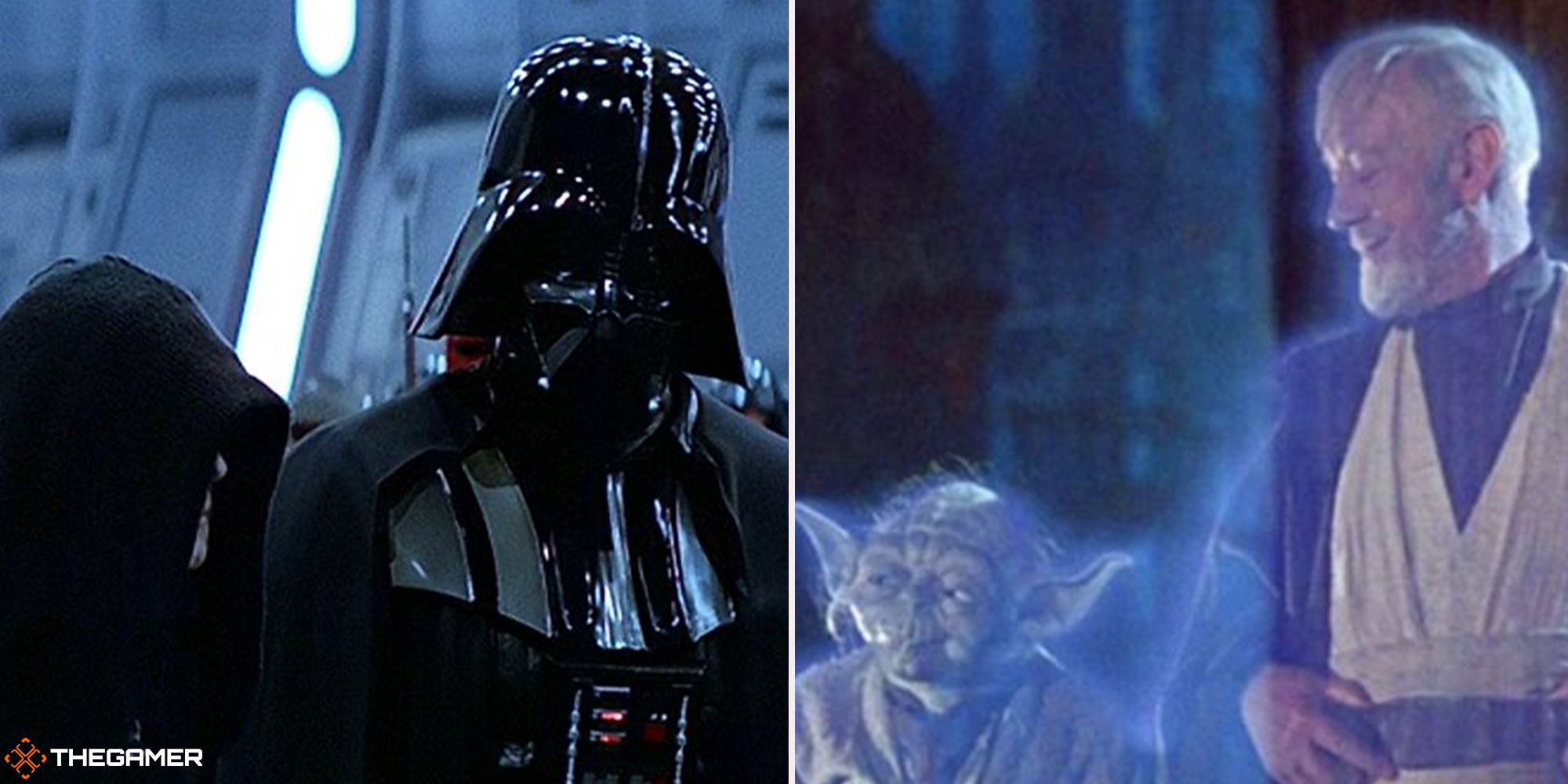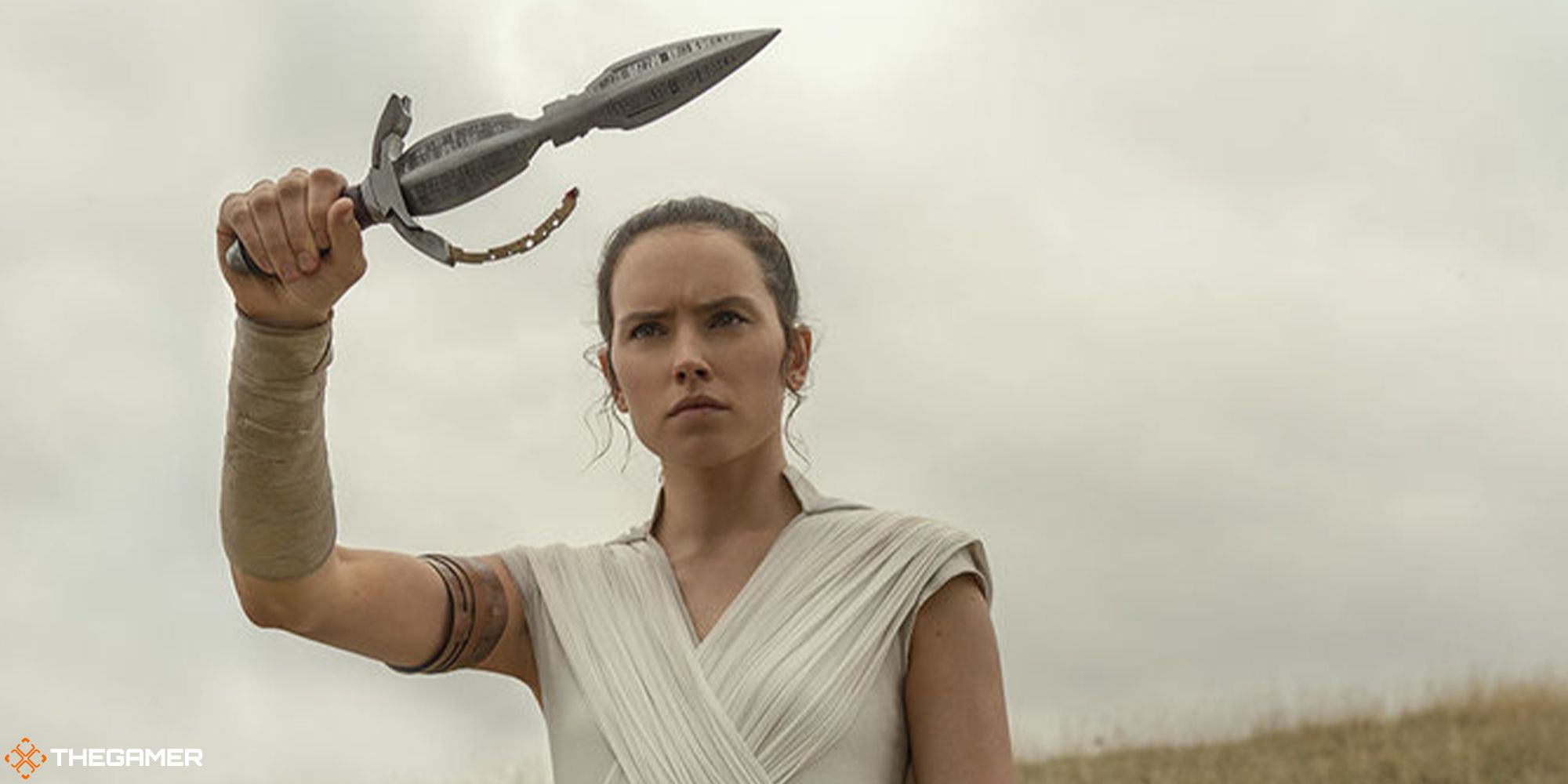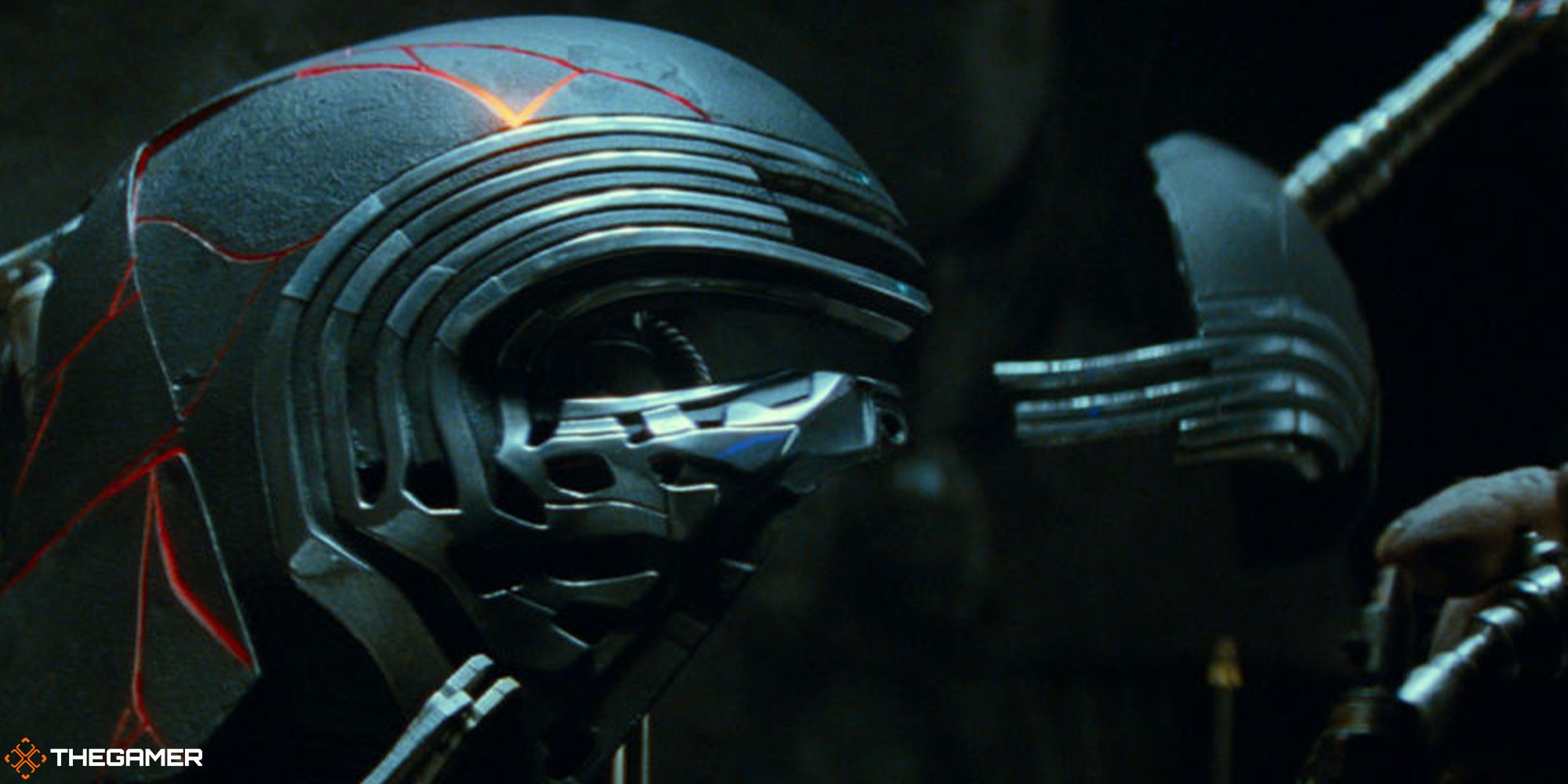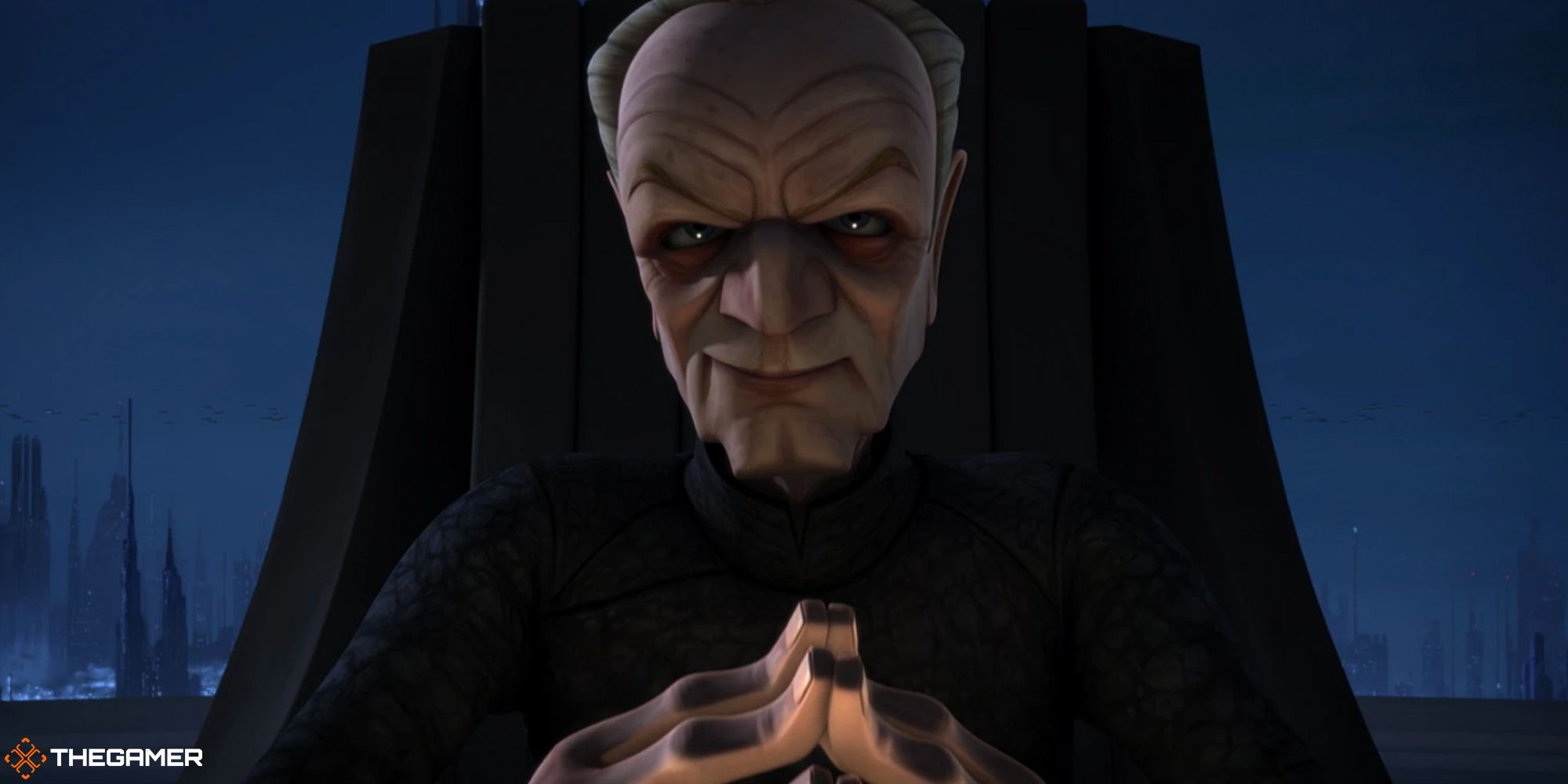Ever since A New Hope, the Sith have been the primary antagonists of the Star Wars franchise. They're a small and mysterious order compared to the Jedi, but their hands are behind the scenes controlling the Galactic Empire and other major events throughout history.
As the Star Wars universe has grown, we've come to learn more and more about the Sith Order, including their motives, history, doctrine, and more. This article rounds up a few things about the Sith that you may have missed! After all, there's a lot of Star Wars content to keep up with.
7 Why Did The Sith Fall?
We'll ease into these interesting facts with a simple one: if the Sith are so powerful, why did they ever fall against the Jedi?
The Sith Order is not as old as the Jedi Order, though the dark side and light side of the Force are both immortal. It began when a young Jedi decided that Force-wielders should be experimenting with the dark side, as well as the light. He and his followers were cast out of the Jedi Order and became the very first Sith. They waged war against the Jedi and accrued followers in a period known as the Hundred-Year Darkness. They built temples and expanded. Eventually, their final conflict (the Jedi-Sith War) broke out, which the Jedi won.
Why did the Jedi win? Well, the Sith doctrine is inherently selfish, greedy, power-hungry, and victory-obsessed. Though the Sith had a common enemy, they slowly became divided and fought among one another. This gave the Jedi a crucial advantage and led them to victory. The Sith were only able to come back because the Jedi were under the impression all the Sith had died, but one - Darth Bane - had survived.
6 Exceptions To The Rule Of Two
The Rule of Two is a law that Darth Bane put into place for all Sith after the Jedi-Sith War. It said that there were only ever to be two Sith in the galaxy: a master and an apprentice.
It accomplished two major things that were crucial to the order's survival. First, never again would there be so many Sith that they would fight amongst themselves. Second, whether the master killed the apprentice or the apprentice killed the master, they'd then take on a new apprentice, and the cycle would continue so that the Sith only ever became stronger and more powerful.
Of course, from a story-telling perspective, it's a little restricting to have only two powerful opponents at any one time, so Star Wars writers have found ways to have more force-wielding, red lightsaber-using, evil enemies for the protagonists to fight.
One of the few times the Rule of Two has been broken was when Count Dooku (Darth Tyranus) trained Asajj Ventress while he himself was the apprentice to Darth Sidious. Darth Sidious tolerated it at first, but eventually ordered Tyranus to eliminate her.
Two other major groups of Sith-like warriors exist: the Knights of Ren and the Inquisitors. The work-around for the members of those groups is that they're technically not Sith, they're just Sith adepts. It may seem like a mere technicality (and it kind of it), but there are some theoretical explanations in canon for why. The Inquisitors were trained by Vader himself, yet, when they fight with Luke on one occasion, he notes their sloppy and simple use of the dark side of the Force. It seems that Vader has purposefully not taught them all he knows, as a way to keep them under his control. In the case of the Knights of Ren, they follow a doctrine known as the ways of Ren. Their beliefs circle around mastery of the lightsaber, not necessarily the dark side of the Force. Some happened to use it because they had no quarrels or questions about what was right or wrong, but the group's focus was on swordsmanship.
5 They Invented The Lightfoil
A Lightfoil is a unique kind of Lightsaber that was (believed to be) designed by some of the very first Sith. Lightfoils are very small sabers that are held in one hand and have a very thin blade. Ancient Jedi once used Lightfoils, but by the time of the Clone Wars they had switched to a variation called the Shoto Lightsaber (used by warriors like Ahsoka Tano, Yoda, and the Tenth Brother).
Lightfoils were especially favored among species smaller than humans, or people who preferred agile combat. It's assumed they came into prominence along with the development of Makashi lightsaber combat (also known as Form II). Form II was developed in response to the need to fight with two lightsabers, but today is totally feasible for single or dual lightsaber wielders. Form II is especially used for duals against the Sith and is characterized by gracefulness and agility rather than power and strength.
4 Sam Witner On Life After Death
Sam Witner is the actor who voiced Darth Maul and Darth Sidious in multiple animated works, and played Starkiller in Star Wars: The Force Unleashed. In a Q&A about Darth Maul's fate in the Clone Wars, Witner said that he thinks the Sith do not believe in an afterlife.
Witner explained that he sees this as their motivator for struggling so hard to survive. He referred to both Darth Sidious and Darth Vader, who live tortured lives and into debilitating old age, but strive to keep living and even prolong their lives unnaturally. Witner said that these characters must see even their horrible existence as preferable to the alternative: nothing.
While Witner's comments are not canon, it does provide some interesting insight into these characters' motivations.
3 Sith Languages
Though the Sith have come from multiple races, there are two unique Sith languages.
The first is Balc, a special language that we have only ever seen Darth Sidious use. Whether it is a secret that Sidious never passed on to others, or we simply never get another opportunity to see a Sith using it, is unclear. When used by Darth Sidious, he is incanting and using the dark side in an attempt to break Yoda's will, so it may be part of some method of connecting with the Force.
The second is ur-Kittât (also referred to as the 'Old Tongue' or sometimes just as 'Sith'), which is a secret language used among Sith to communicate secretly. The language is runic, and has been spotted across canon - most recently, it appeared on the Blade of Ochi of Bestoon, which Rey finds in The Rise of Skywalker.
2 Non-Combative Sith
While the Sith Order is smaller and less coordinated (read: bureaucratic) than the Jedi Order, it still had a few non-combative roles. These people were part of the Sith Order but were not Sith Lords. We know of two roles in particular:
|
Sith Alchemist |
Sith Alchemists studied, of course, Sith Alchemy: the practice of taking any power from the dark side of the Force and imbuing or altering an item with it. Dedicated Sith Alchemists could accomplish incredible things; one alchemist was responsible for reforging and strengthening Kylo Ren's helmet. |
|---|---|
|
Sith Scientist |
Sith Scientists also dabbled in Sith Alchemy, but it wasn't their main focus. They were generally interested in pursuing sciences that would further the Sith's goals, such as achieving immortality. |
1 The Grand Plan
The Grand Plan is exactly what it sounds like: the millennium-long plot to destroy the Jedi and defeat the Galactic Republic, allowing the Sith to rule the galaxy. It was founded by Darth Bane, the only Sith to survive the Jedi-Sith War, and was passed down from master to apprentice (thanks to the Rule of Two) until it was finally fulfilled by Darth Sidious.
If you didn't know that this Grand Plan existed, you might give all the credit to Palpatine for his overthrow of the Republic and subsequent takeover. However, in actuality, it was in the works for years as the Sith remained in hiding, gathering what information they could and accruing power.

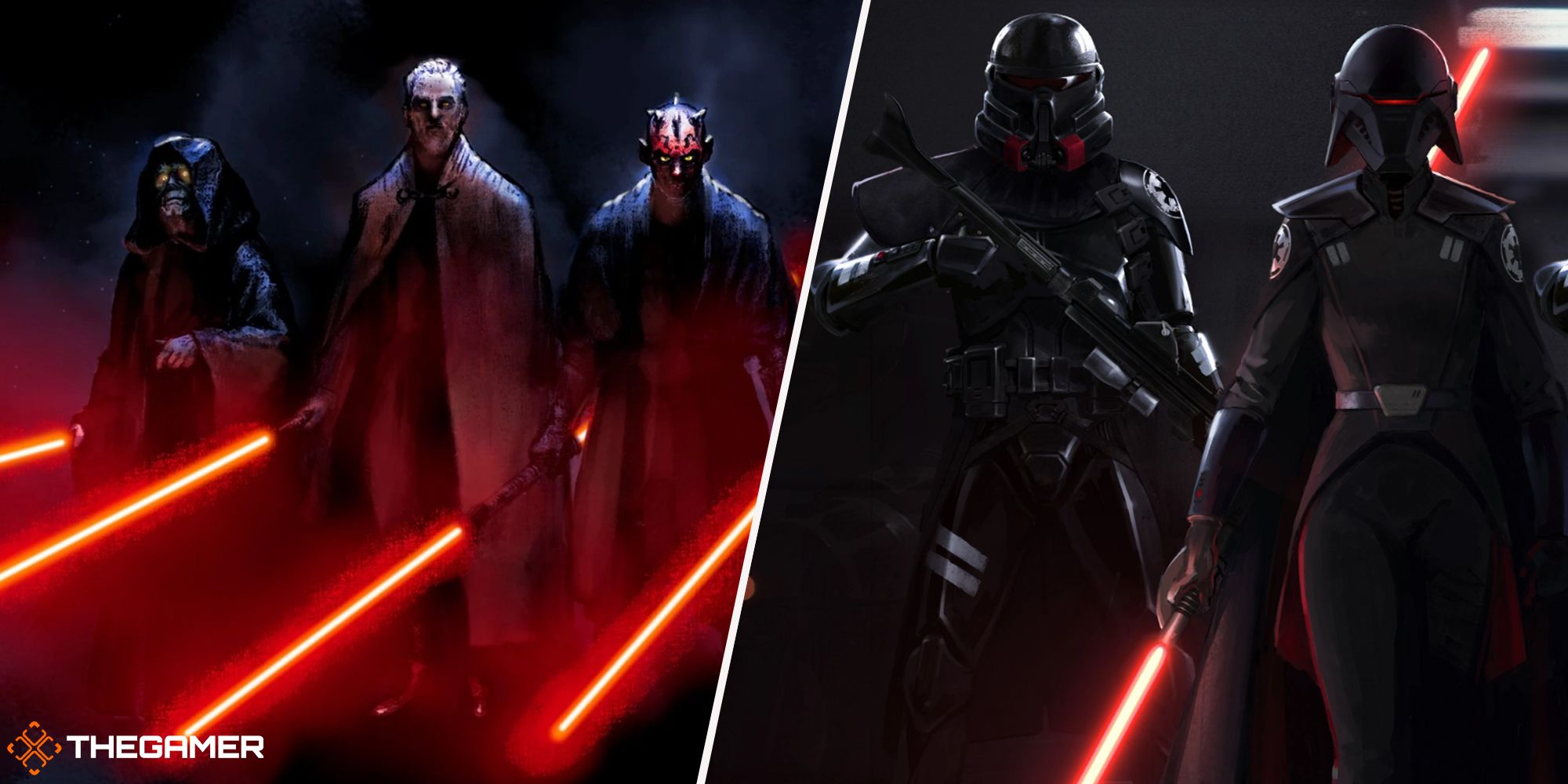
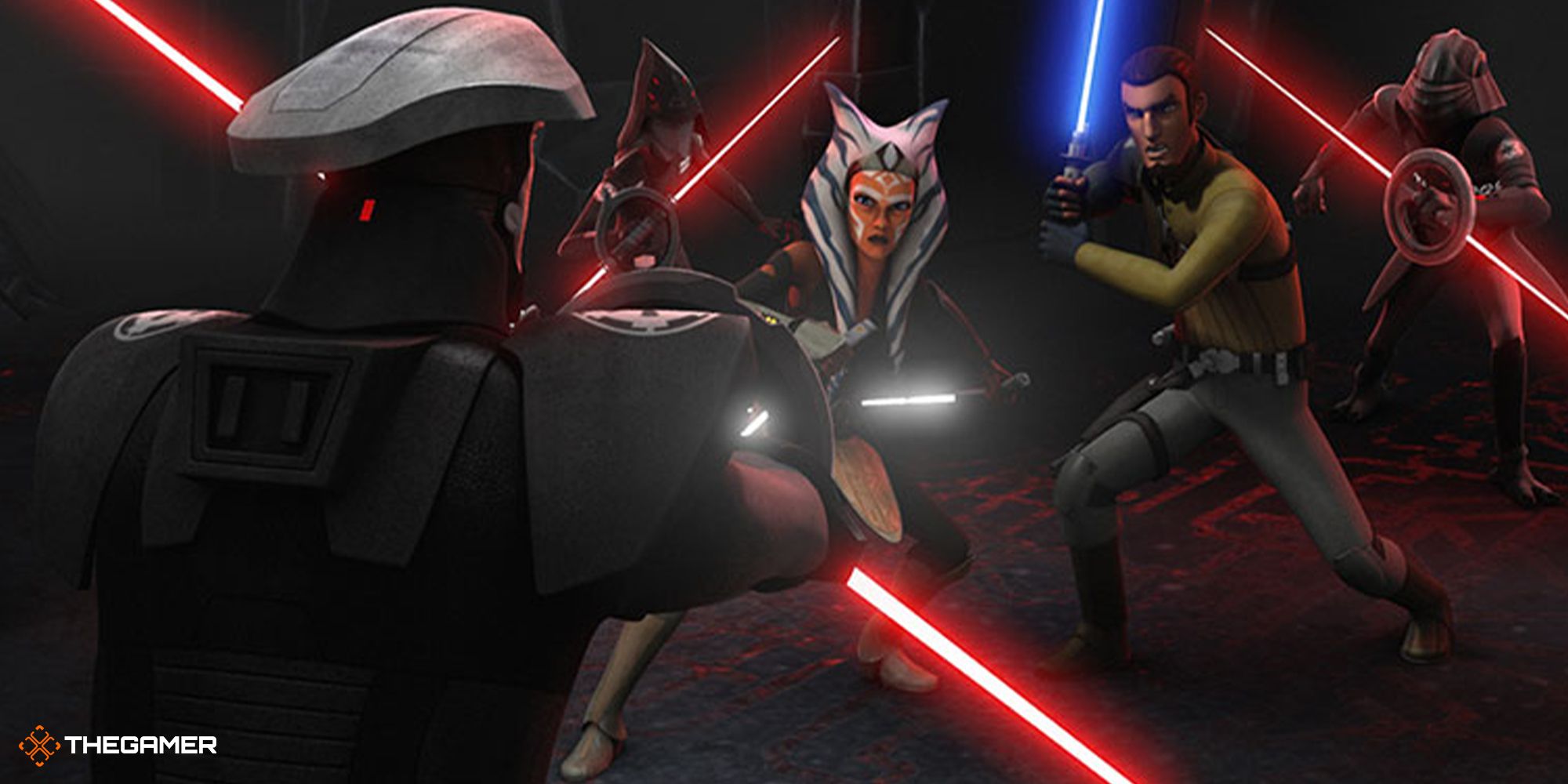
-Inquisitor-(right).jpg)
-Ahsoka-Tano-(right).jpg)
